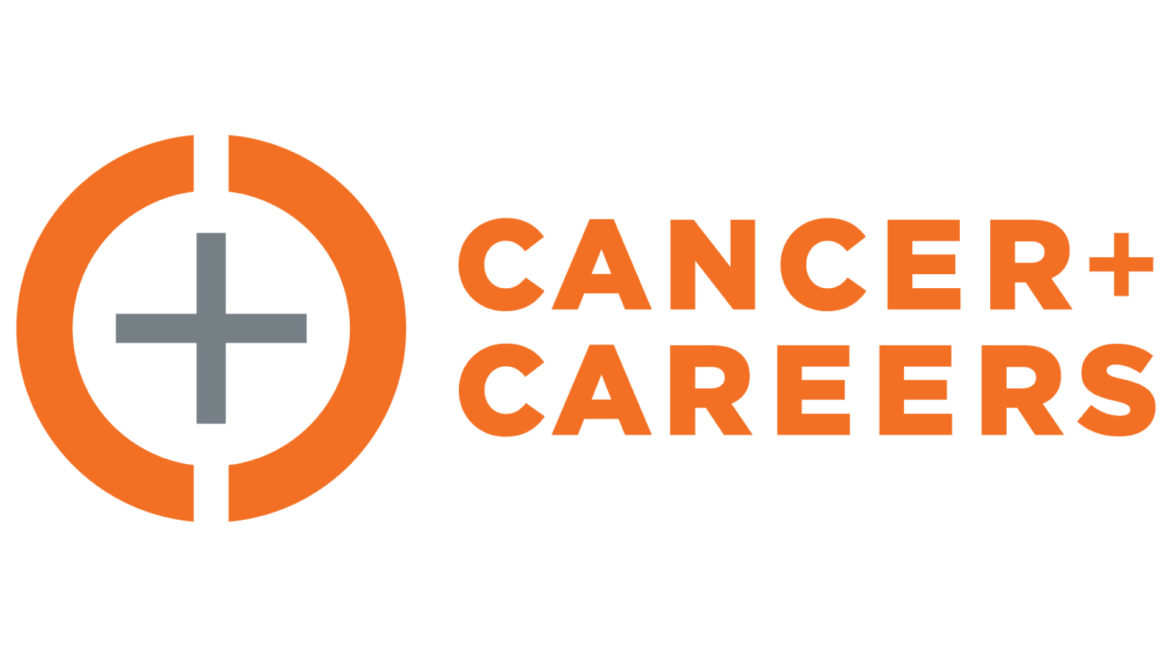July 31, 2019
Four Myths About Returning To Work With Disability Benefits

By Allsup Employment Services
Returning to work after a severe medical crisis can sound intimidating. However, if you’ve recovered and you’re ready to ease back into the workforce, Allsup Employment Services can help you navigate the Social Security Administration’s Ticket to Work program.
For the best outcome and to protect your Social Security Disability Insurance (SSDI) benefits, it’s good to know the facts.
Here are four common myths to dispel:
- The Ticket to Work program is mandatory and costs money. Actually, SSA’s Ticket to Work program is voluntary and free of charge. It’s designed for former workers with disabilities who want to find new employment while they protect their Social Security Disability Insurance benefits. Allsup Employment Services—whose services are free—is an Employment Network approved by the SSA to help SSDI beneficiaries transition back into the workforce by providing guidance and help with their next steps forward. Allsup Employment Services specialists also assist you with getting the most from the incentives offered through Ticket to Work.
- I can work with multiple Employment Networks during my participation in the Ticket to Work program. As a Ticket holder of the Ticket to Work program, you’re free to contact as many ENs as you want until you find the right fit. However, your Ticket can only be assigned to a single EN at a time. You can change ENs, but need to notify your current EN before you un-assign your Ticket. Also, to avoid encountering a medical Continuing Disability Review (CDR), you should reassign your Ticket within 90 days.
- I’ll lose my Medicare health insurance if I participate in the Ticket to Work program. In fact, your Medicare coverage is protected as long as you are receiving SSDI benefit payments, and after your 9-month Trial Work Period ends, your insurance continues for 93 consecutive months (7-plus years).
- If I can’t continue working, then I have to file a brand new application for disability benefits. Actually, if you have a medical relapse after your benefits payments ended and you must quit working again due to your disability, you can bypass the application process and receive what’s called an Expedited Reinstatement of your SSDI benefits. This time period for restarting your SSDI benefits last for up to five years after your benefit stopped.
For more information on returning to work, visit Allsup Employment Services online or call (866) 540-5105.
Written by
Allsup
Related Articles

Disability
Lupus Awareness Month: Making Lupus Visible
By Amy Ondr, President & CEO, Lupus Foundation of America, Heartland C…

Disability
Navigating Work After Cancer: Free Cancer and Careers Events
By Nicole Franklin, Senior Manager of Programs at Cancer and Careers
The m…

Disability
Consistency & Community Matters: Brain Injury Awareness Month
By Maureen Cunningham, Executive Director of Brain Injury Association of M…

Disability
Friday – Free Cancer and Careers Midwest Conference Explores Work, Treatment and Recovery
Balancing cancer treatment and recovery with employment can be challenging…
